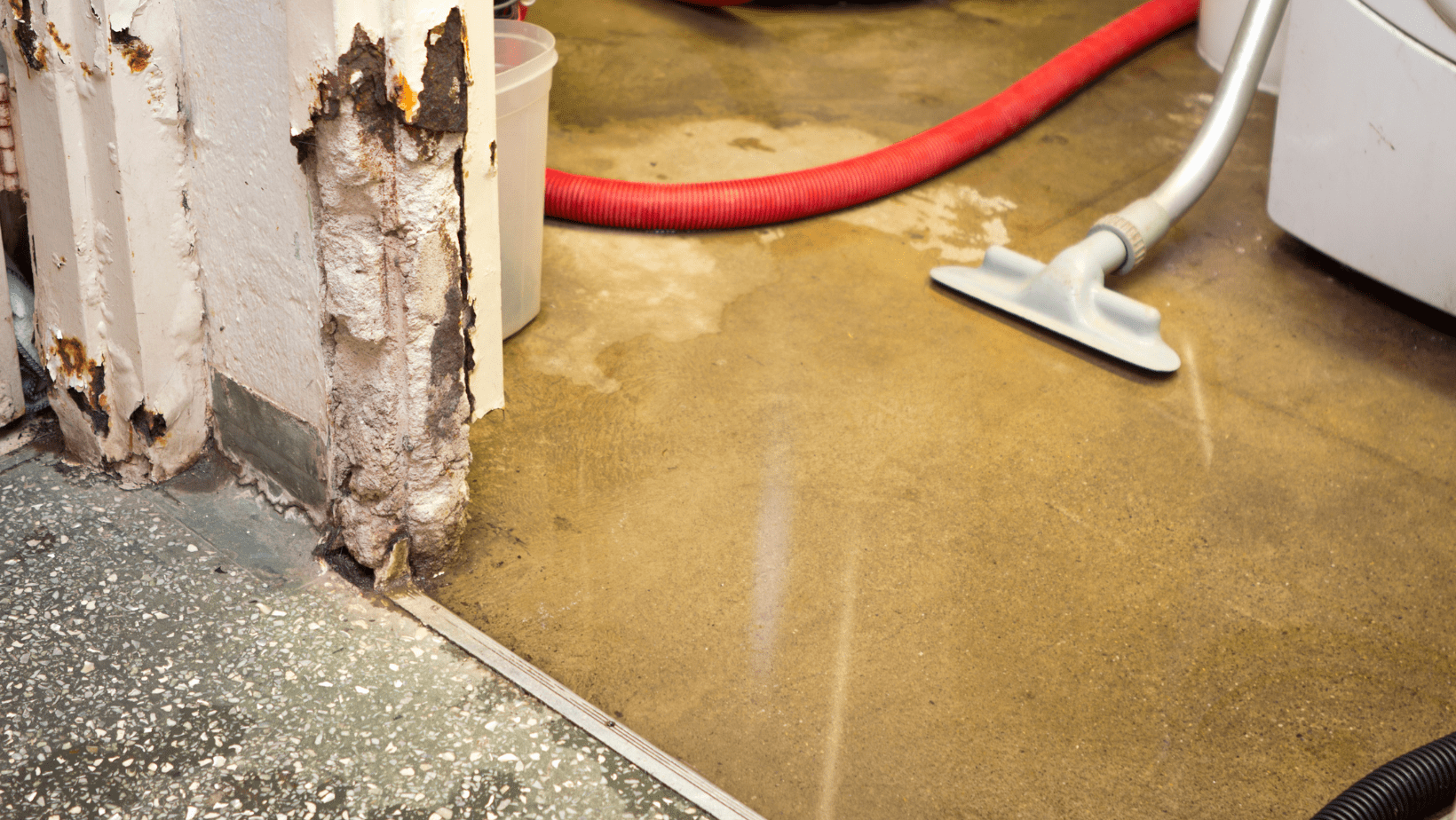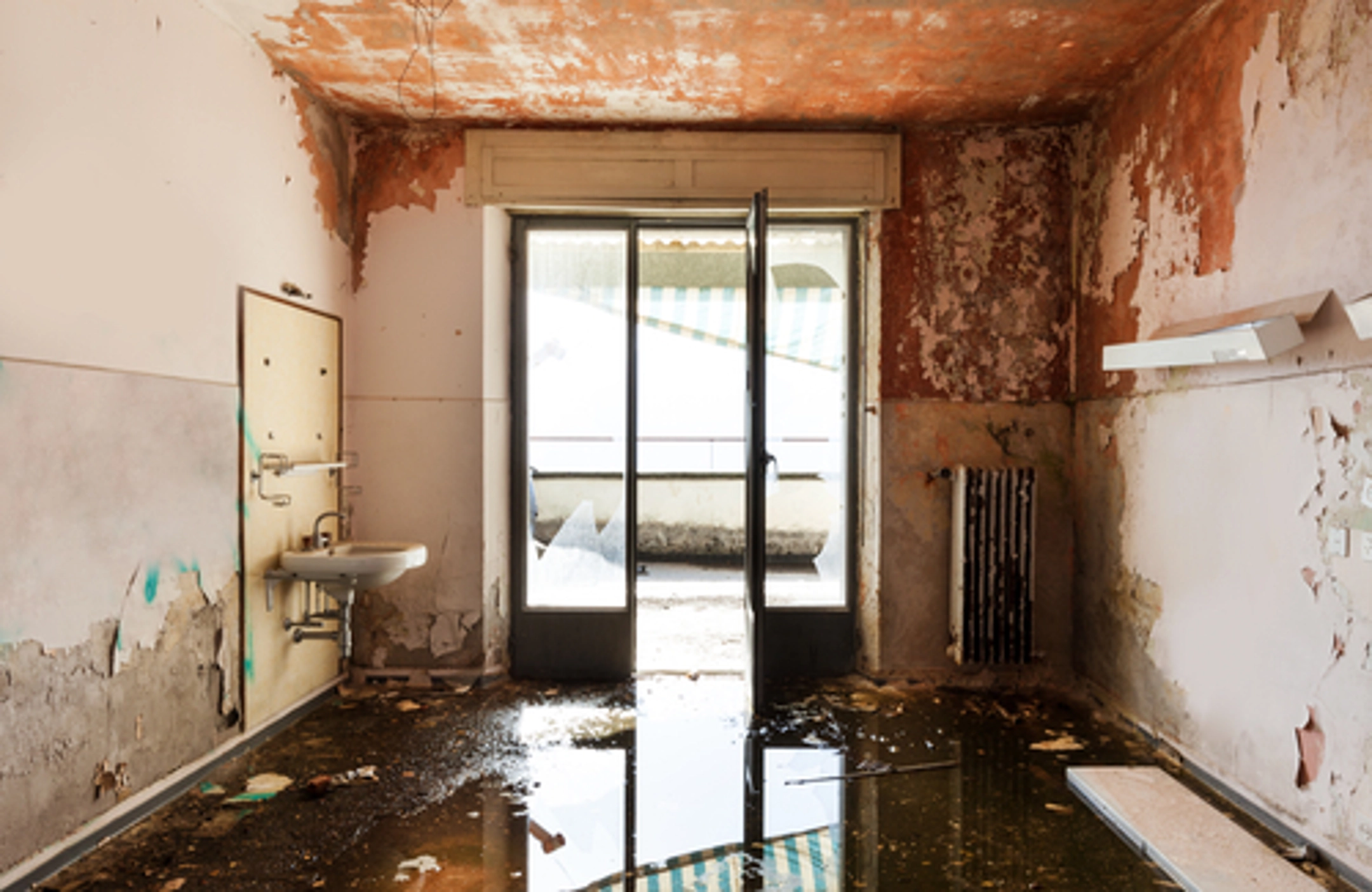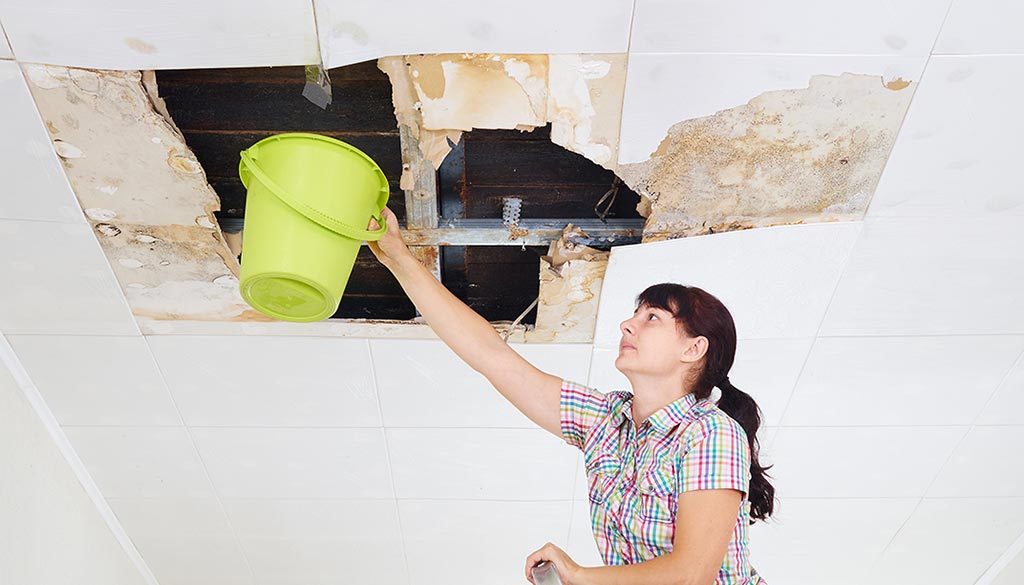The Real Cost of Skipping Timely Water Damage Repair
Vital Steps to Adhere To for Efficient Water Damage Reconstruction in Your Home
When faced with water damages in your house, knowing the vital actions for reliable repair can make all the distinction. You require to examine the damage and guarantee safety and security prior to dealing with the problem. Quiting the resource of water is important, yet it's simply the beginning. As soon as you've managed that, there's a collection of activities you should take to protect your property from more issues. Let's discover what you need to do next.
Evaluate the Damages
When you uncover water damage in your home, the initial step is to analyze the damages thoroughly. Beginning by identifying the source of the water invasion. Inspect for leakages, ruptured pipelines, or various other concerns causing the problem. Next off, examine the affected areas for noticeable signs of damage, consisting of mold, staining, or bending growth. Don't fail to remember to look in covert spots like behind walls or under flooring, as water can seep right into these locations unnoticed.Document the damages by taking clear pictures and notes. This will assist you when going over the scenario with your insurance policy provider or restoration specialists. Take notice of the kind of products impacted, as different products call for various repair methods. Finally, evaluate the level of the damages. Is it comprehensive or minor? Recognizing the range will lead you in making a decision whether to handle it on your own or call the professionals for a much more comprehensive restoration procedure.

Guarantee Security
Prior to you begin any kind of reconstruction job, assuring your safety is important. Analyze the problem of your home. If the water's deep or if you notice electrical dangers, do not enter the area. Turn off the electricity and gas supply to avoid mishaps. Wear protective equipment like masks, handwear covers, and boots to secure on your own from impurities or mold.It's important to stay conscious of your environments; expect sharp items and unsafe surface areas. Treat it as dangerous waste if the water is from a sewage backup. Keep children and animals away from impacted locations to prevent exposure.Once you've taken these precautions, you can wage the reconstruction procedure. Remember, your safety and security precedes, and if you're ever before not sure, it's best to consult a specialist. Taking these steps will certainly help assure you're prepared to take on the remediation securely and efficiently.
Quit the Source of Water
After guaranteeing your safety, the following action is to stop the resource of water. Identify where the leakage is coming from. It might be a ruptured pipe, a defective appliance, and even heavy rain entering with a harmed roofing. Transform off the main water supply to your home to protect against additional flooding if it's a pipes problem. For appliances, disconnect them and turn off their water supply valves.If the source is outdoors, like rainwater, attempt to divert it away from your home making use of sandbags or other obstacles. For minor leakages, you could be able to utilize tape or a sealant briefly until a specialist can fix it. Bear in mind, addressing the source swiftly is necessary to lessening damages and avoiding mold and mildew development. Once you've stopped the water, you'll remain in a better position to proceed to the following action in the repair procedure.

Get Rid Of Excess Water
Act swiftly to eliminate excess water, as standing water can lead to a lot more extensive damages and mold and mildew growth. Initially, gather your tools: a wet/dry vacuum cleaner, buckets, and towels. You can make use of towels to soak up the wetness if the water is superficial. For deeper water, a wet/dry vacuum cleaner is your best choice. See to it to empty the vacuum regularly to avoid overflow.If the water is polluted, like from a sewer backup, use safety gear, including gloves and masks, to keep yourself risk-free. As soon as you've eliminated as much water as feasible, examine for hidden pockets of wetness in edges and under furniture, as these can harbor mold.Don' t neglect to transform off electrical devices and power outlets in damp areas to prevent risks. This initial action is vital in reducing damage and establishing the stage for an effective restoration procedure.
Dry and Dehumidify the Location
It's necessary to dry and evaporate the area completely once you've gotten rid of the excess water. Begin by utilizing dehumidifiers properly to draw wetness out of the air and protect against mold and mildew development. Keep an eye on humidity levels to guarantee the space dries out entirely.
Get Rid Of Standing Water
To properly take on water damages, you need to focus on removing standing water as promptly as feasible. Begin by collecting essential devices, like a wet/dry vacuum or a pump, depending on the quantity of water. A vacuum should do the method if the water is superficial. For larger amounts, a pump is extra reliable. While working, make certain to put on safety gear to keep on your own secure from pollutants. As you eliminate the water, focus on concealed locations like under furniture or in edges where water could gather. Your room will start to dry out when you have actually gotten rid of the majority. This action is necessary, as remaining water can lead to mold and mildew growth and extra substantial damage.
Use Dehumidifiers Efficiently
How can you successfully use dehumidifiers to completely dry and dehumidify your area? Start by putting your dehumidifier in one of the most afflicted location, ideally where water damages is most severe. See to it to shut all doors and windows to develop a covered atmosphere. Switch on the dehumidifier and set it to the suitable humidity degree, usually around 30-50%. Empty the water collection container frequently, or think about making use of a model with a continual drainage choice for comfort. Ideally, utilize followers to boost airflow, aiding the dehumidifier job extra efficiently. Keep the dehumidifier running up until you're certain that the area is completely dried, preventing mold growth and extra damages (Smoke Damage Restoration). This step is vital for reliable water damages restoration
Monitor Humidity Levels
Tracking moisture degrees is crucial during the drying process, as it helps guarantee your space stays devoid of excess dampness. Purchase a reputable hygrometer to track moisture properly. Preferably, you desire to keep degrees in between 30% and 50%. You might require to adjust your dehumidifiers or fans to improve airflow if humidity readings climb over this array. Inspect the readings consistently, specifically in locations vulnerable to wetness, like washrooms or cellars. Think about enhancing ventilation or using additional dehumidifiers if you discover persistent high humidity. Remaining on top of these levels not only quickens the drying out process but also prevents mold development, ensuring your home stays safe and comfy.
Clean and Disinfect Affected Surfaces

Bring back and Fix Your Home
After cleansing and sanitizing the affected locations, it's time to bring back and repair your home. Begin by evaluating the damages. Inspect for structural issues, like weakened floorings or walls, and resolve any type of required repair services. Replacing harmed drywall or floor covering is important for both aesthetic appeals and safety.If your furniture or belongings were influenced, think about whether they can be restored or need substitute. Tidy or expertly restore things where possible.Next, touch and paint walls up any kind of locations that need attention. This not only boosts appearance but additionally shields surface areas from future water damage.Don' t fail to remember to inspect your pipes and devices for leaks, making sure every little thing's functioning appropriately. Consider setting up a dehumidifier to protect against future moisture problems. By taking these steps, you'll recover your home to its previous splendor and Clicking Here develop a more secure living environment.
Frequently Asked Concerns
Exactly How Long Does Water Damage Remediation Normally Take?
Water damages repair commonly takes anywhere from a couple of days to numerous weeks, relying on the level of the damages (Water Damage Repair). You'll intend to examine the scenario promptly to lessen additional issues and ensure proper restoration
Will My Insurance Cover Water Damages Restoration Prices?
Your insurance policy could cover water damage reconstruction costs, but it depends on your policy. Inspect your insurance coverage information and contact your insurance representative to clarify what's consisted of and what you need to submit a case.
Can I Manage Water Damage Restoration Myself?
You can manage water damage reconstruction on your own, but it's essential to examine the situation. If it's extensive, this article you could wish to call experts. Constantly prioritize safety and security and ensure you've got the right devices.
What Are the Indications of Hidden Water Damages?
You may see indications of hidden water damage like deformed walls, stuffy odors, or staining. If your floors really feel spongy or you area mold and mildew, it's time to check out further before the circumstance worsens.
Just How Can I Avoid Future Water Damage in My Home?
To stop future water damages in your house, you need to regularly inspect plumbing, seal cracks, maintain gutters, and guarantee proper drainage. Setting up a sump pump and dampness obstacles can additionally aid maintain your room dry. When you discover water damage in your home, the first step is to evaluate the damage completely. Act rapidly to eliminate excess water, as standing water can lead to a lot more considerable damages and mold and mildew development. To properly take on water damages, you require to concentrate on eliminating standing water as swiftly as possible. As you remove the water, pay attention to hidden locations like under furnishings or in edges where water could accumulate. Water damages repair normally takes anywhere from a couple of days to a number of weeks, depending on the degree of the he has a good point damage.